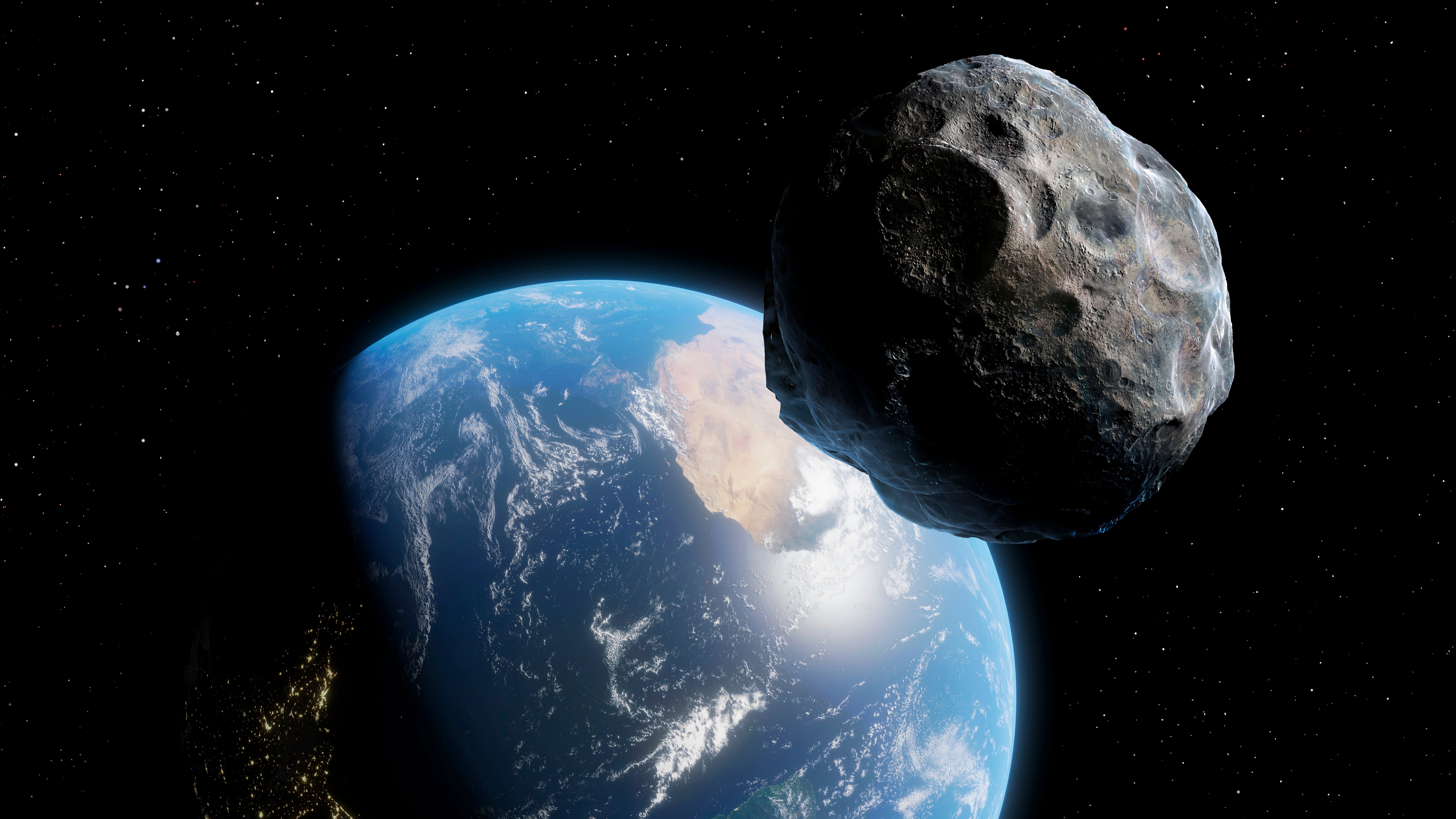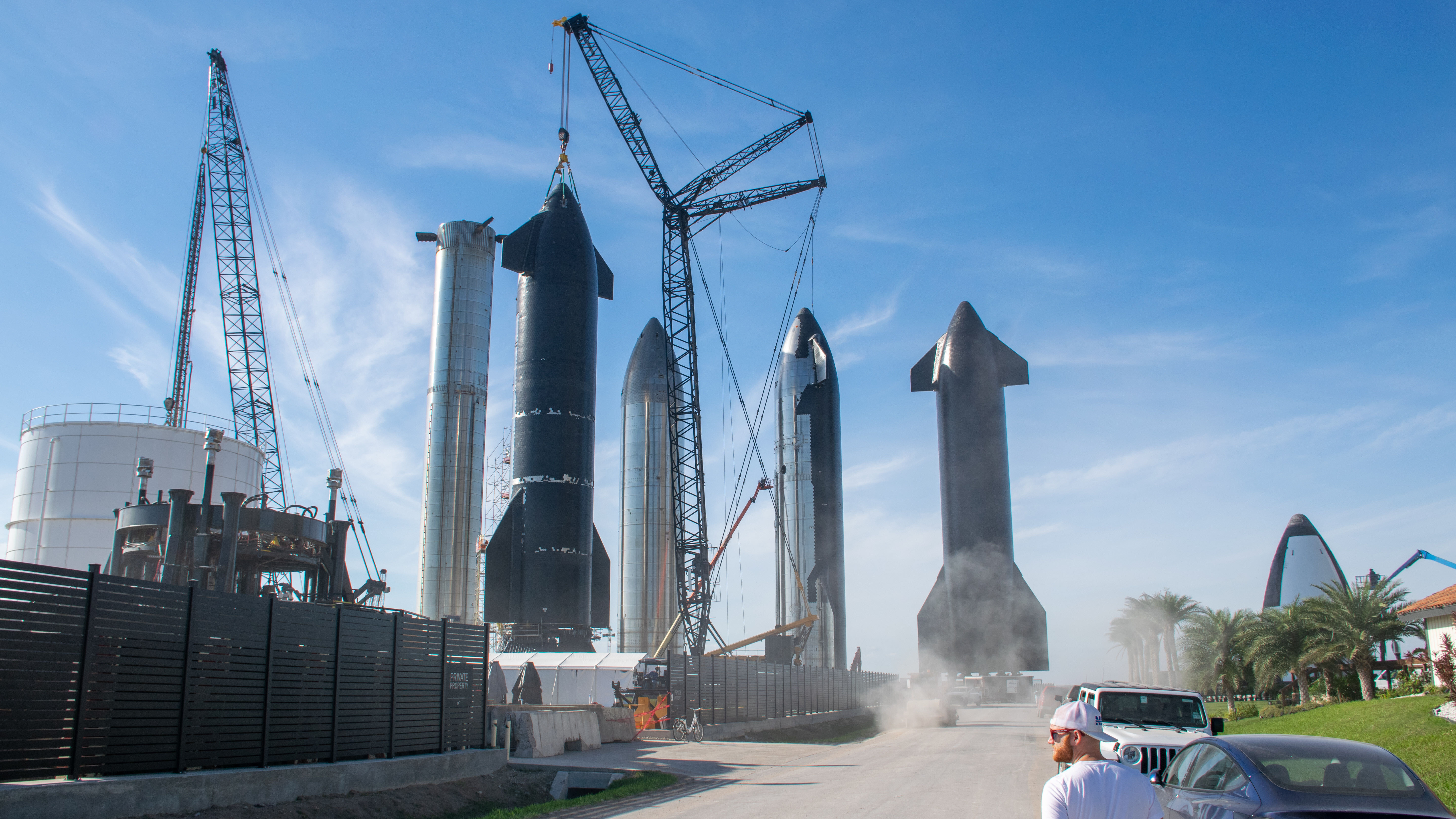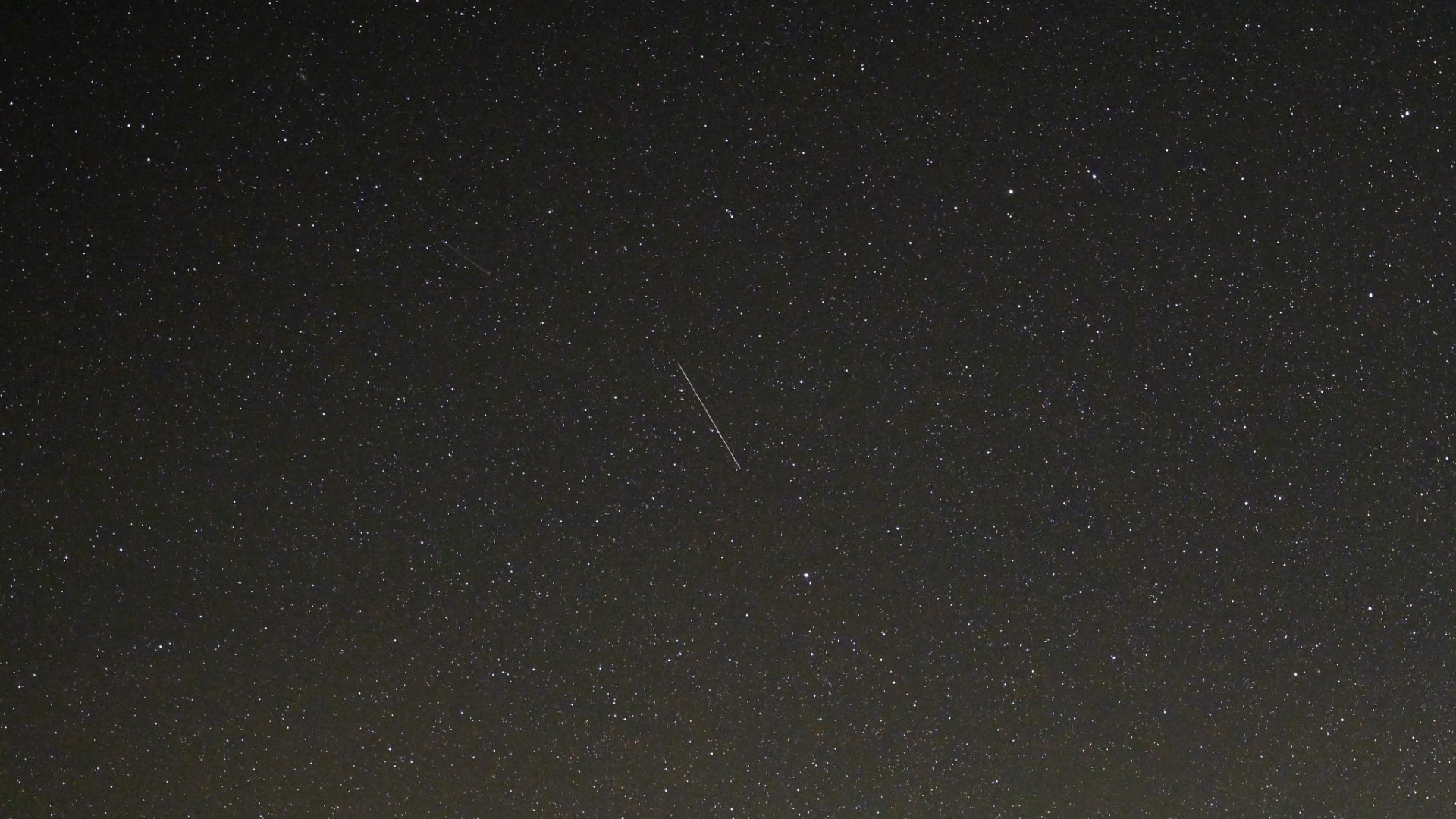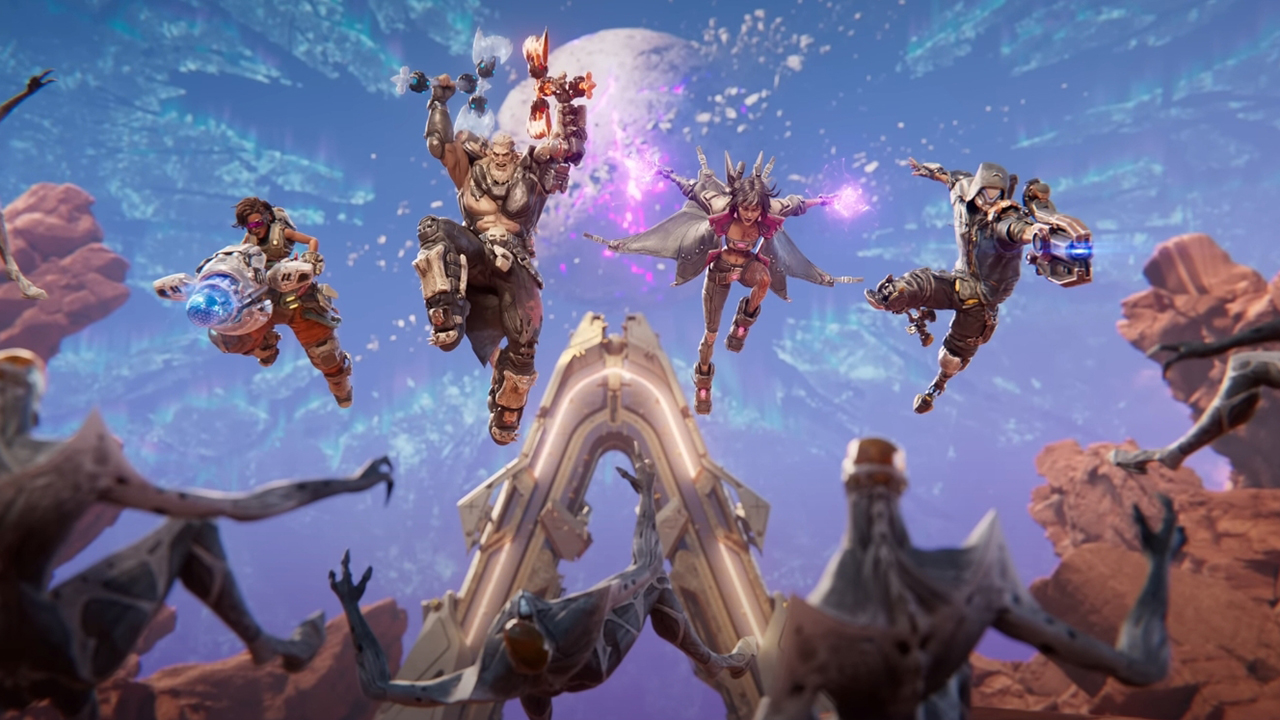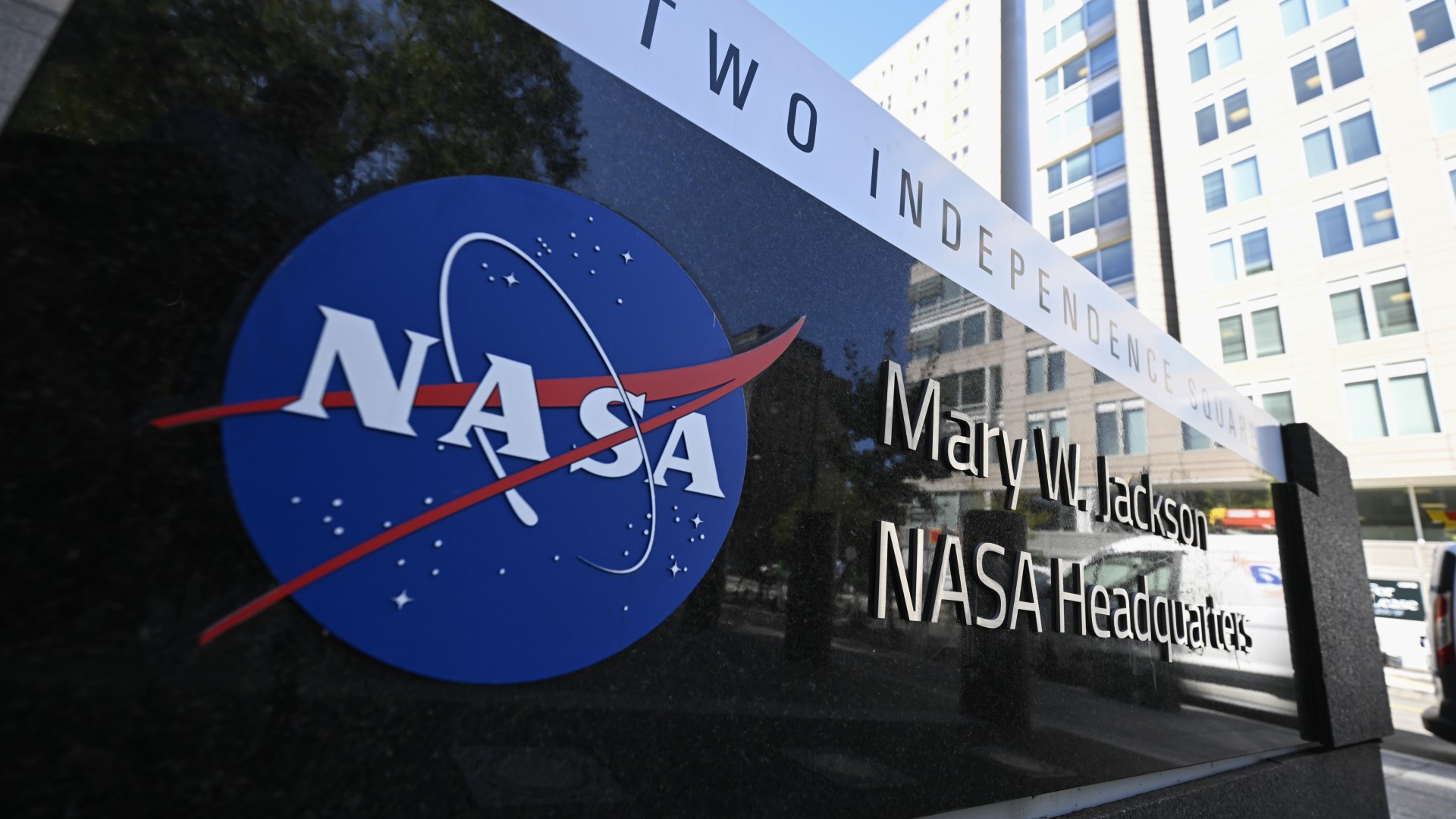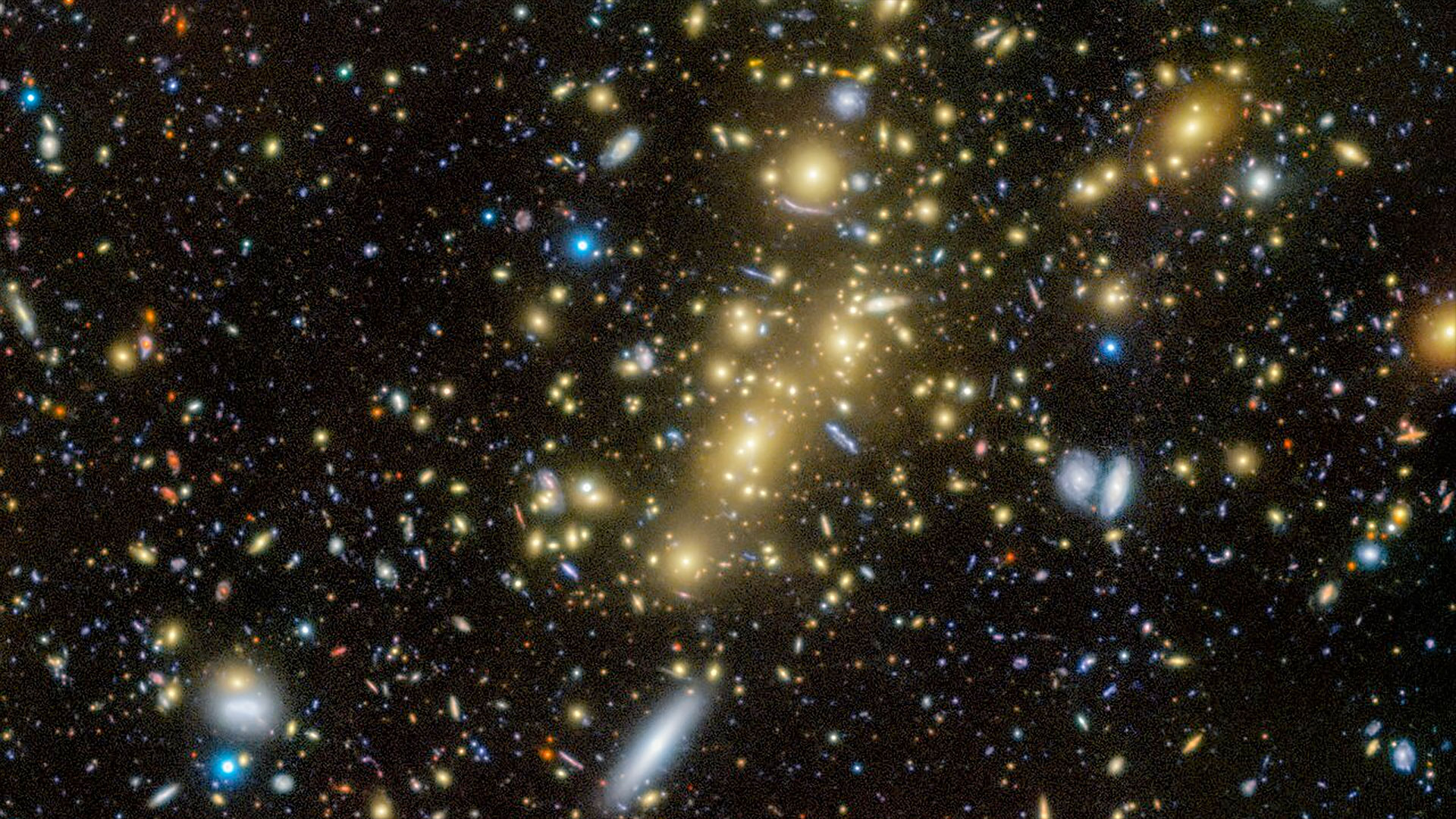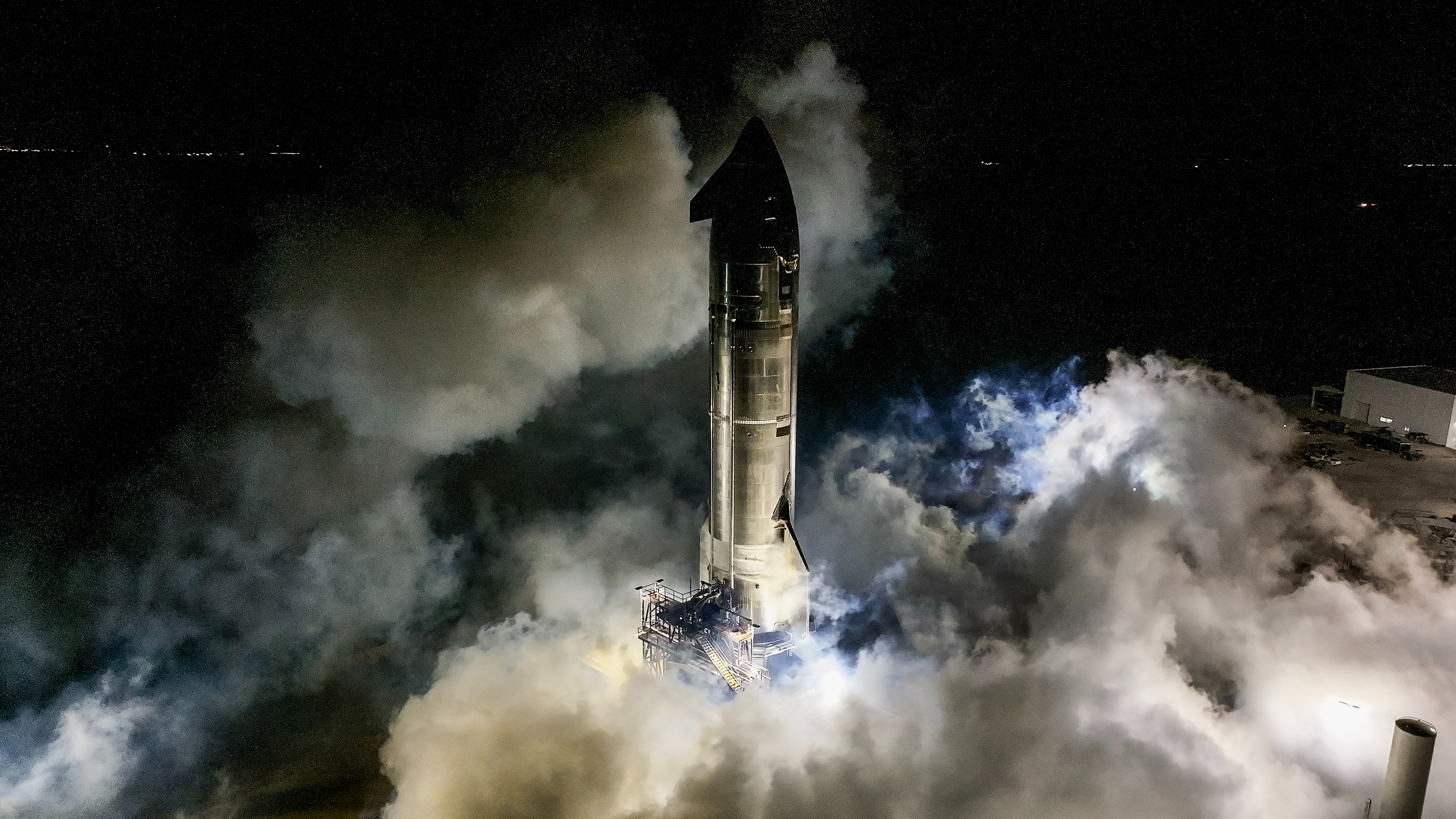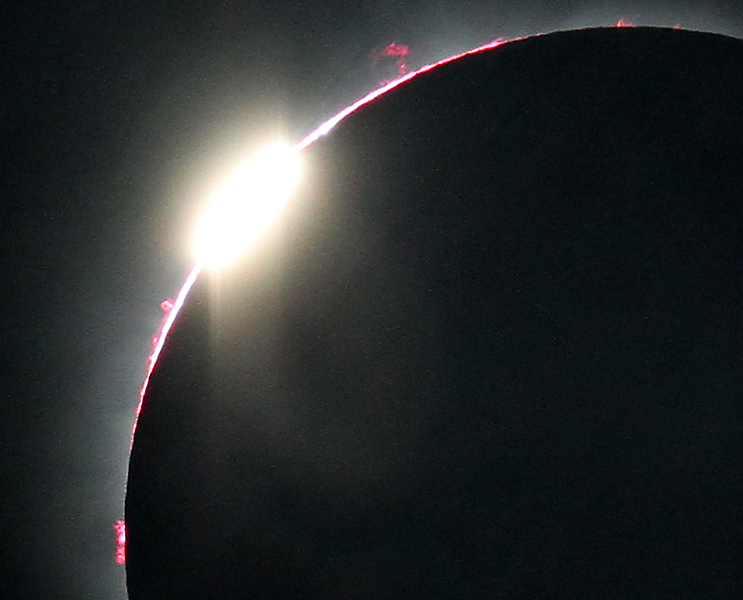
A total solar eclipse will darken the skies over a sliver of northern Australia Tuesday (Nov. 13), drawing spectators and astronomers from around the world to the Land Down Under.
Jay Pasachoff of Williams College in Williamstown, Mass., is one of the scientists making the trek. He and a group of colleagues and students will observe the solar eclipse — which begins at 3:35 p.m. EST (2035 GMT) Tuesday, or around dawn Nov. 14 local time in Australia — from three different sites in the state of Queensland.
You can watch the total solar eclipse live here on SPACE.com.
Pasachoff is no stranger to solar eclipses, having already viewed 55 of them in his scientific career. SPACE.com caught up with the astronomer via email to discuss Tuesday's total solar eclipse, and what he and his team hope to learn by observing it.
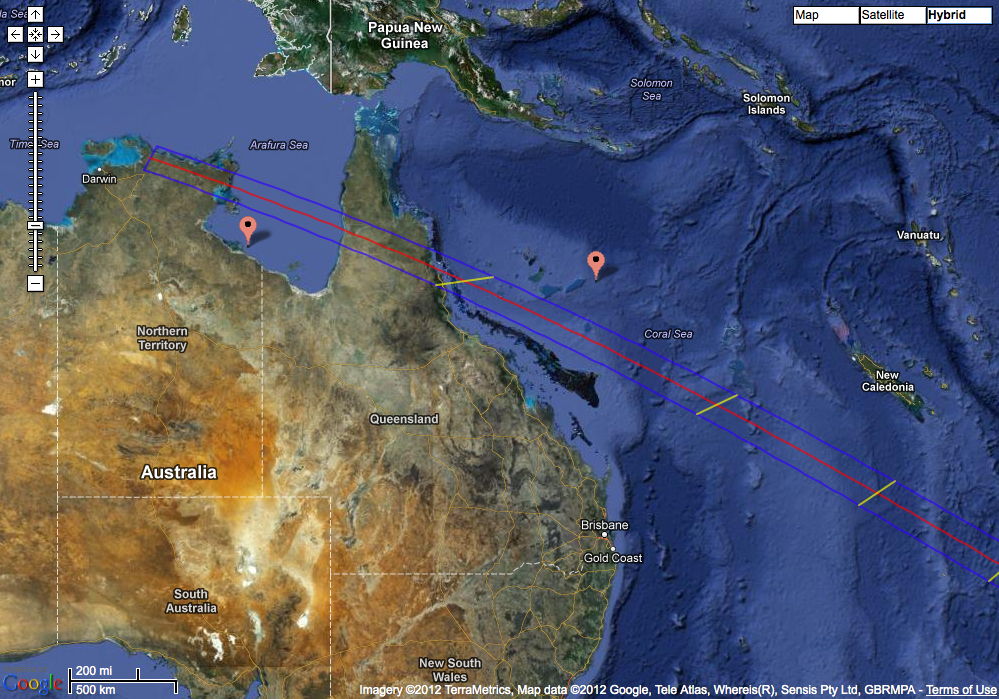
SPACE.com: In general, what can scientists learn by observing total solar eclipses?
Jay Pasachoff: At a total solar eclipse observed from the ground, we can see part of the corona that is not accessible in any other way, since the solar-observing spacecraft that are aloft (such as Solar Dynamics Observatory, SOHO, Hinode) can use UV filters to see corona on the surface of the disk or a coronagraph that blocks the inner solar radius or more outside of the solar disk — leaving a doughnut of corona around the sun that we can uniquely study at eclipses. [Video: Watch Path of Nov. 13-14 Total Solar Eclipse]
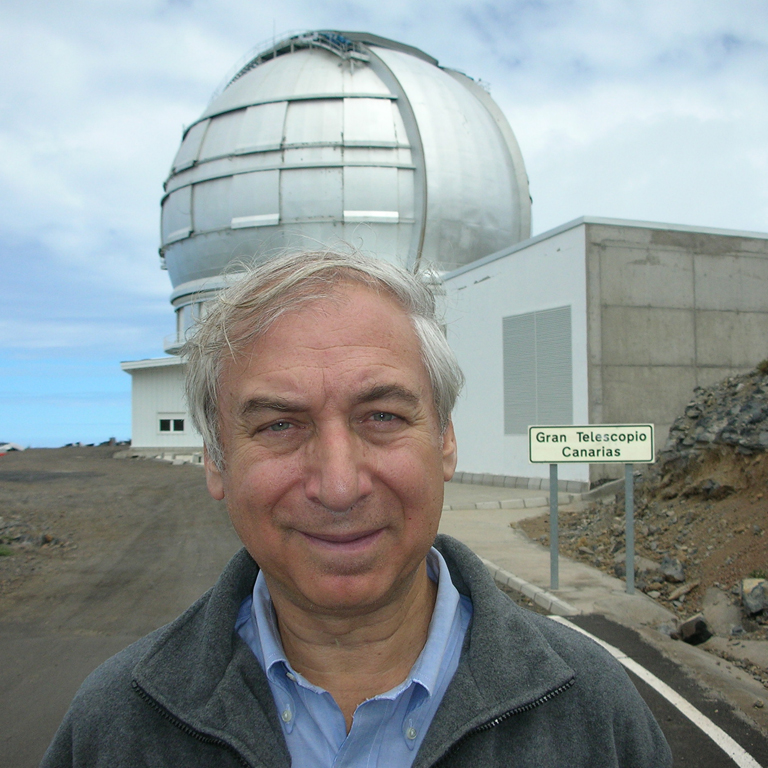
SPACE.com: What in particular do you hope to accomplish by studying this one?
Get the Space.com Newsletter
Breaking space news, the latest updates on rocket launches, skywatching events and more!
Pasachoff: We are especially studying the motion and dynamics of the eclipse with high-resolution and high-cadence imaging, and measuring the temperature of the solar corona through study of the ratios of coronal emission lines on spectra.
We are following the role of the magnetic field in shaping the corona as we observe over a sunspot cycle, particularly interesting now because we are approaching solar maximum following several eclipses that showed a solar-minimum-type corona.
SPACE.com: How big is the contingent traveling with you?
Pasachoff: I have about 25 scientists and astrophysics students with us in Australia, and we are being joined for the last few days by about 20 eclipse tourists — some of whom are quite veteran in their attendance at total solar eclipses.
SPACE.com: How many other scientists or research teams do you know of that have made the trek to Australia?
Pasachoff: I know of teams from NASA's Marshall Space Flight Center/Florida Institute of Technology, from Greece, from Slovakia, from the Czech Republic, and from the University of Hawaii. There is also a scientific meeting about solar astrophysics going on nearby, with perhaps 100 scientists from all over the world.
SPACE.com: You've seen a lot of solar eclipses. Is observing them still exciting, or has it just become part of the job at this point?
Pasachoff: Oh, each one is very exciting — each in its own way. It is very wonderful to be uncovering part of the mysteries about the sun's atmosphere and magnetic field, and to be outdoors surrounded by the darkening of a solar eclipse is a primally fabulous experience.
Editor's note: If you are along the eclipse path in Australia or elsewhere and snap an amazing photo of Tuesday's total solar eclipse that you'd like to share for a possible story or image gallery, please send images, comments and location information to managing editor Tariq Malik at tmalik@space.com.
Follow SPACE.com senior writer Mike Wall on Twitter @michaeldwall or SPACE.com @Spacedotcom. We're also on Facebook and Google+.

Join our Space Forums to keep talking space on the latest missions, night sky and more! And if you have a news tip, correction or comment, let us know at: community@space.com.

Michael Wall is a Senior Space Writer with Space.com and joined the team in 2010. He primarily covers exoplanets, spaceflight and military space, but has been known to dabble in the space art beat. His book about the search for alien life, "Out There," was published on Nov. 13, 2018. Before becoming a science writer, Michael worked as a herpetologist and wildlife biologist. He has a Ph.D. in evolutionary biology from the University of Sydney, Australia, a bachelor's degree from the University of Arizona, and a graduate certificate in science writing from the University of California, Santa Cruz. To find out what his latest project is, you can follow Michael on Twitter.
